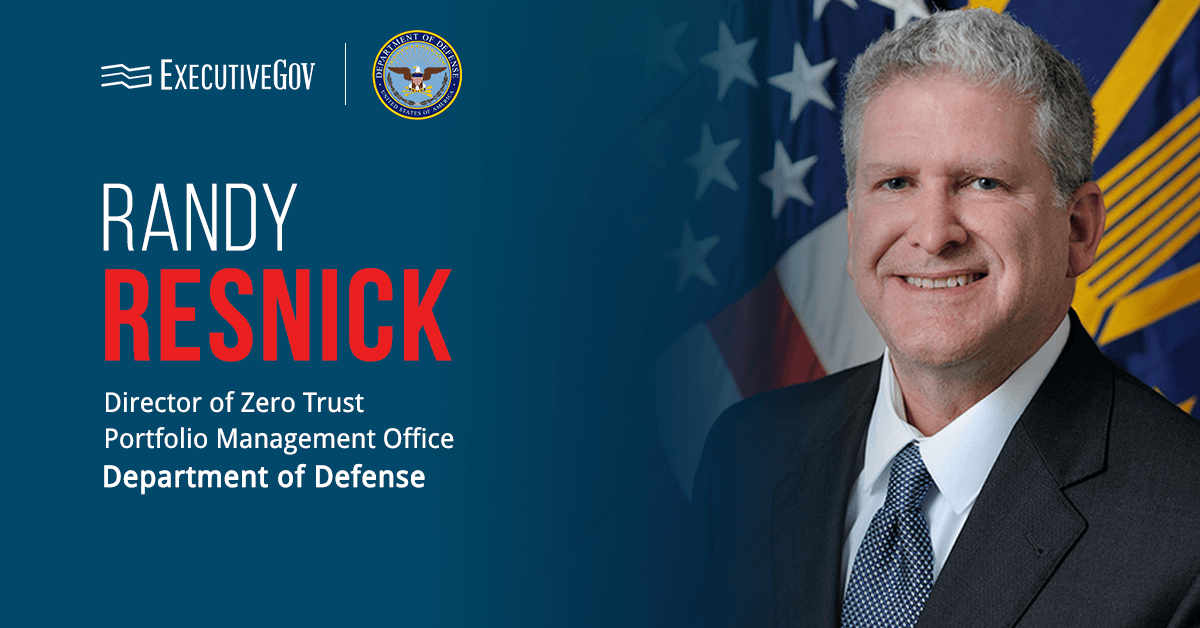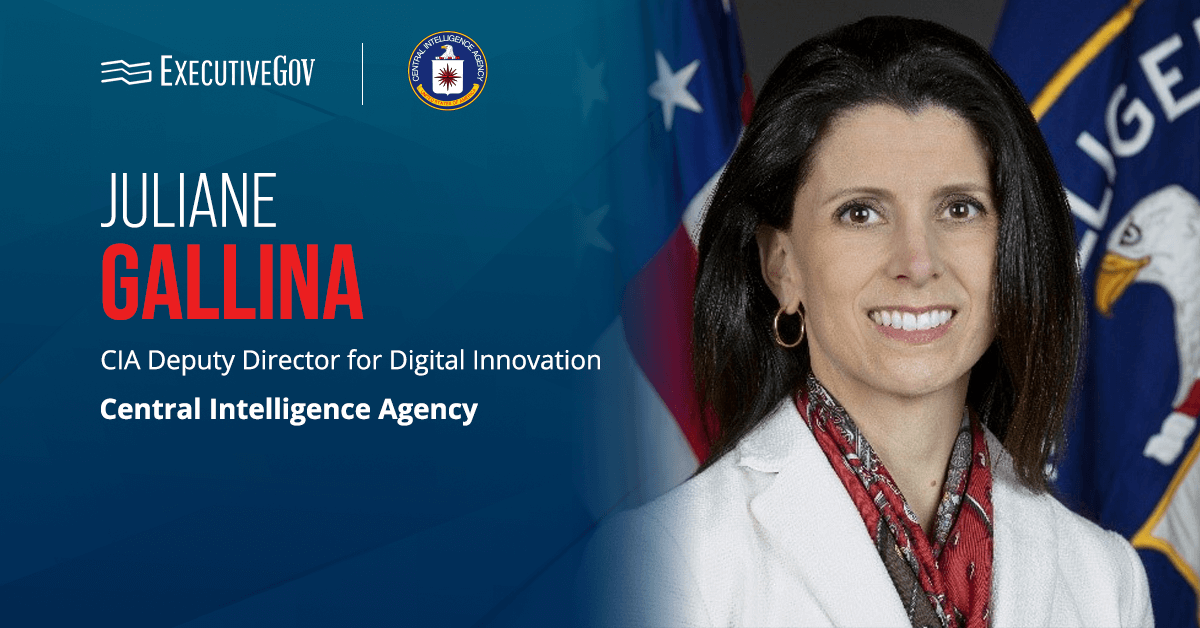MITRE has offered several recommendations in response to the Office of Management of Budget’s request for information on advancing domestic chip manufacturing in commercial IT.
The nonprofit company said Tuesday its recommendations encompass critical areas, including improving workforce development, strengthening research and development, promoting technological innovation and addressing supply chain vulnerabilities.
In its response to the RFI, MITRE said a strong workforce plays an integral role in improving U.S. semiconductor capabilities and that educational pathways should be strengthened to ensure a continuous supply of skilled professionals in semiconductor manufacturing.
When it comes to R&D, the company highlighted the need to enhance capabilities in advanced packaging equipment and make strategic investments in next-generation lithography technologies to maintain a competitive edge in chip manufacturing.
Table of Contents
Mitigating Supply Chain Vulnerabilities
To address supply chain vulnerabilities, MITRE has recommended that the U.S. invest in the domestic production and purification of critical materials and chemicals essential for chip production and establish methods to streamline U.S. regulations and policies to reduce approval times for critical mineral mining and production.
According to the organization, the U.S. should invest in digital twins, automation software security and other smart manufacturing technologies to enhance fab automation.
The country should also support semiconductor manufacturing and mitigate risks associated with supply chain disruptions by investing in reliable power generation, water supply and transportation infrastructure.
Enhancing Chip Manufacturing Efficiency With Innovations
MITRE has cited the role of digital twins in improving manufacturing efficiency in the semiconductor industry and recommended that the U.S. leverage partnerships between electronic design automation, or EDA, vendors and foundries to develop digital twin capabilities.
In its response, the organization also called for investment in artificial intelligence-driven EDA tools to speed up design timelines and enhance the quality of semiconductor products.












